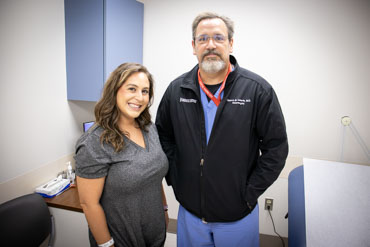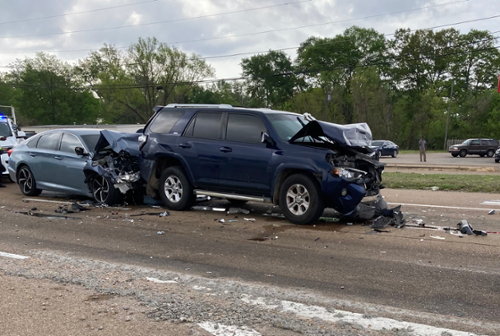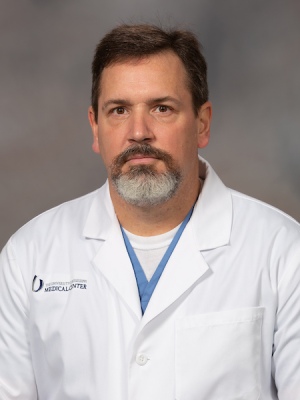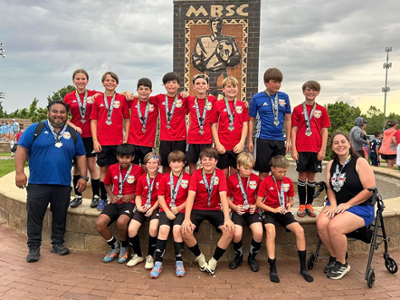From Courtroom to Comeback: Prosecutor's Journey After Spinal Injury

In the blink of an eye, everything can change. For 34-year-old prosecutor and youth soccer coach Amanda Sturniolo Langford, that moment arrived on April 8, 2024, when her car was rear-ended at a stoplight in Greenwood, Mississippi, triggering a four-car pile-up. The sickening crunch of metal and the brief chaos that followed lasted only seconds, but the aftermath threatened to alter her life forever.
The force of the impact caused severe trauma to Amanda's spine, resulting in a burst fracture of her T12 vertebra, along with additional fractures from L1 to L4. Her spinal column, which houses and protects the spinal cord—the critical pathway connecting the brain to the rest of the body—was compromised. Without quick intervention, these injuries had the potential to damage her spinal cord, leading to permanent neurological impairment, including paralysis or loss of sensation.

As soon as her injuries were assessed, Amanda was rushed to the University of Mississippi Medical Center (UMMC), where she would receive the specialized neurosurgical care she so urgently needed.
Within 24 hours of the accident, Amanda was in the operating room under the care of Dr. Gustavo Luzardo, a skilled neurosurgeon at UMMC. During the surgery, Dr. Luzardo inserted two rods and five screws to stabilize her spine, alleviate pressure on her spinal cord, and prevent further damage. This critical procedure laid the groundwork for Amanda’s recovery.

"She had two treatment options. She could have spent three months on strict bed rest, only able to roll from side to side, but instead, she chose surgery—a decision that ultimately saved her from the risk of neurological decline and a life with significant deficits," Dr. Luzardo explained.
The surgery went as planned, but Amanda’s recovery would depend largely on her determination. “I have video of the wreck. I shouldn’t be here. It could’ve been so much worse…I know God has something more for me to do in this life,” Amanda said.
While her work as a prosecutor requires intense mental focus, her primary motivation to recover physically came from her role as a youth soccer coach. “I’m trying to do the best I can to help the community I grew up in,” Amanda shared, reflecting on how emotionally demanding her job can be. “Soccer is my escape outside of being a lawyer—it’s happy, sunshine, rainbows, and unicorns.”
Throughout her recovery, Amanda has emphasized the importance of sticking with physical therapy and pushing through discomfort to regain function. "To quote my PT, ‘Movement is medicine,’ " she insists. "Even when it hurts, you’ve got to do what you can." Exactly 25 days after her surgery, Amanda returned to the soccer field—using a walker—to cheer on her team in their final tournament of the year.

"Even though I was out of Greenwood, I still felt at home," Amanda recalls. "Several of my nurses were from the Greenwood area. I thought I was far from home, but I wasn’t alone. The care wasn’t cold—it was welcoming." Her stay at UMMC provided a sense of familiarity that supported her emotionally and mentally during some of the most difficult parts of her recovery.
Amanda’s journey to full recovery is ongoing. The neurosurgical team continues to monitor her progress, adjusting her treatment plan as necessary. As she works toward her goal of coaching without limitations, her experience highlights the life-changing impact of skilled neurosurgical care and the resilience of the human spirit.
Thanks to advancements in neurosurgical techniques and comprehensive rehabilitation, there is hope for patients facing similar injuries. Amanda’s message to others in her position is one of encouragement and strength: "As easy as it is to say and as hard as it feels in the moment, everything gets better with time. Be patient with yourself and your recovery. Give yourself some grace and know that God will bring you through the storm."


